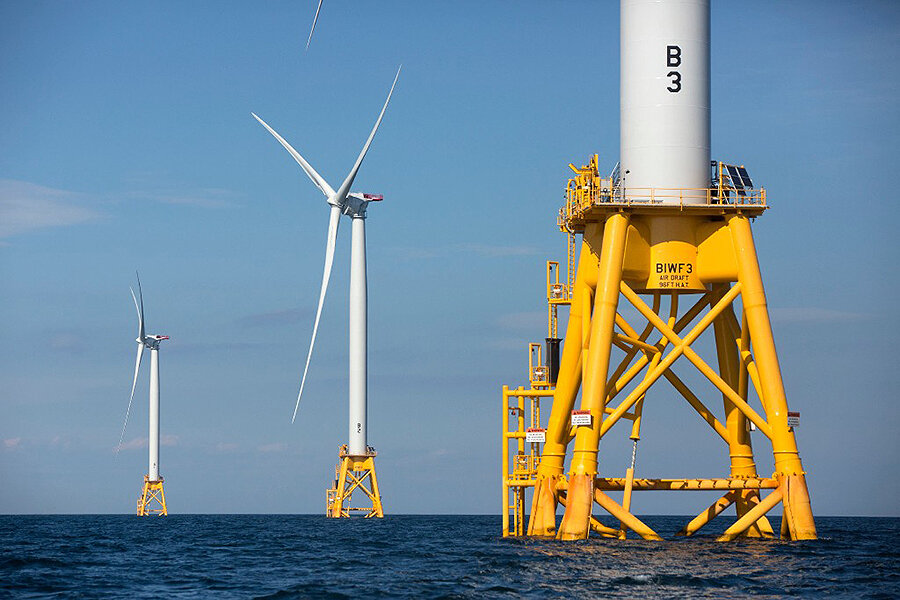Cuomo kicks off renewable energy goals with Long Island offshore wind farm
Long Island, N.Y., could soon be home to the nation’s largest offshore wind farm.
The Board of Trustees of the Long Island Power Authority voted to approve the South Fork Wind Farm this week, a 90-megawatt farm capable of powering up to 50,000 Long Island homes. The 15-turbine farm will be built by the developer Deepwater Wind, 30 miles southeast of Montauk.
The South Fork Wind Farm will help bring New York one step closer to Democratic Gov. Andrew Cuomo’s goal to have the state fueled by 50 percent renewable energy by 2030. And Governor Cuomo’s plan has a specific wind energy component: a proposed 2.4 gigawatts of offshore wind, enough to power 1.25 million homes.
Long Island’s new farm will represent 3.75 percent of Cuomo’s overall offshore wind energy goal and cost $740 million.
“[T]his bold action marks the next step in our unprecedented commitment to offshore wind, as well as our ambitious long term energy goal of supplying half of all electricity from renewable sources by 2030,” said Cuomo in a statement Wednesday. “This project will not only provide a new, reliable source of clean energy, but will also create high-paying jobs, continue our efforts to combat climate change and help preserve our environment for current and future generations of New Yorkers.”
Cuomo’s announcement comes just a little more than a month after the United States’ first offshore wind farm spun to life in early December.
The Block Island Wind Farm is made up off five turbines, almost four miles off the coast of Block Island, R.I., in the Atlantic Ocean. The project cost almost $300 million to build, but it is expected to power 17,000 homes. A spokeswoman for Deepwater Wind, who also developed Rhode Island’s farm, told The New York Times that the Block Island Wind Farm is expected to power 90 percent of Block Island’s needs, with additional power going back to the state grid.
Offshore wind energy is extremely expensive compared to more traditional methods of energy generation, such as fossil fuels and nuclear power. Additionally, offshore turbines are more costly than their onshore counterparts because they are more difficult to construct and maintain. However, offshore wind turbines are especially productive, which reduces some of the prohibitive costs. Winds blow 40 percent more often at sea compared to on land, and power grids connected to offshore wind farms require less maintenance due to the consistent flow of energy from the turbines.
Despite the higher costs, wind energy may be an important part of America’s future energy mix. The power sector is responsible for 37 percent of Americans’ greenhouse gas emissions, which could be mitigated by wind energy’s zero emission rate (excluding emissions from the turbine construction and installation).
And more states may have their own offshore wind farms in the future.
The Bureau of Ocean Energy Management, the administration with jurisdiction over wind farms in federal waters, has already auctioned a 79,000-acre area southeast of New York City and plans to auction a 122,000-acre area off the North Carolina coast in March.
Massachusetts Gov. Charlie Baker – a Republican – signed a law in August to pursue offshore wind energy in his own state, and Deepwater Wind has already bought leases in Massachusetts and New Jersey.
“We think that thousands of megawatts are going to be built off the coast of the United States in the coming decades,” Jeffrey Grybowski, the chief executive of Deepwater Wind, told The New York Times. “It’s an enormous clean energy resource. It’s easy for us to tap into it, but we need projects to get from essentially one project to these thousands of megawatts.”
This report contains material from the Associated Press.







